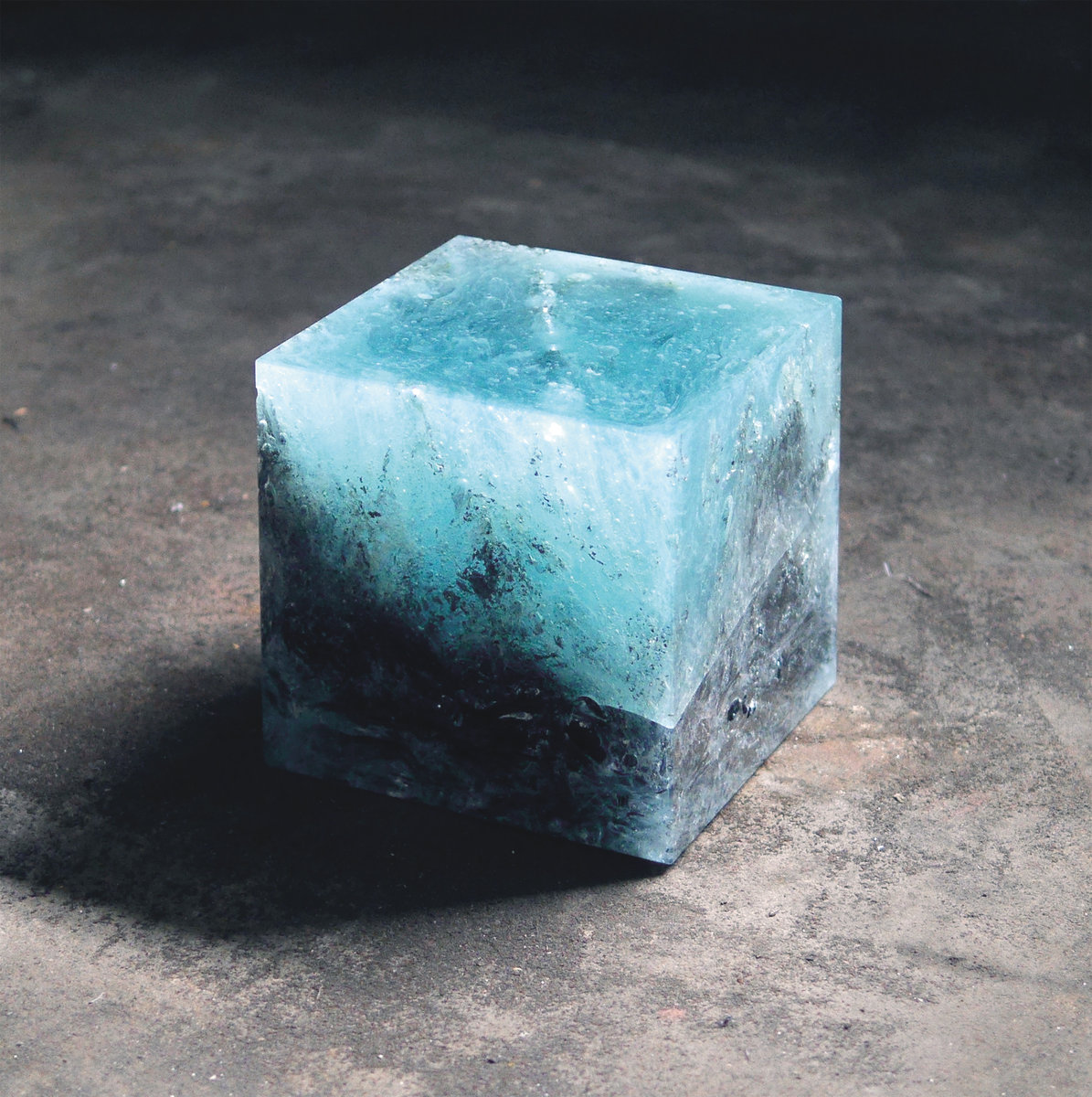 On the trio's first album in seven years (the largest period of dormancy ever for them), Locrian simultaneously return to their origins while evolving and refining their sound forward. Stripped back to the barest essence of their sound but with some 17 years of evolution, New Catastrophism feels both like a reset but also a culmination of everything they have accomplished thus far.
On the trio's first album in seven years (the largest period of dormancy ever for them), Locrian simultaneously return to their origins while evolving and refining their sound forward. Stripped back to the barest essence of their sound but with some 17 years of evolution, New Catastrophism feels both like a reset but also a culmination of everything they have accomplished thus far.
Much has happened for the band since 2015's Infinite Dissolution. Guitarist André Foisy and vocalist/synth player Terence Hannum relocated from their previous home base of Chicago to the east coast, leaving drummer Steven Hess as the only member in Illinois. Both Hannum and Hess have been extremely prolific with other projects, with the former starting Axebreaker, The Holy Circle, and Brutalism. Hess has continued with Haptic, Cleared, and RLYR. Foisy, on the other hand, has mainly pursued non-musical endeavors.
These different projects certainly contributed to the four lengthy pieces that make up New Catastrophism, which at first seems one of their most sparse works, yet hides significant complexity. Compared to their two most recent albums (2015's Infinite Dissolution and 2013's Return to Annihilation) the trio abandons some of the more conventional prog and metal elements to expose the bleak, seething electronics and understated guitar that always lay beneath. This sparser approach characterized their earlier works, but here the nuance and depth is distinctly more mature and multifaceted.
Locrian make this clear on the opener "Mortichnia." Starting from a slow fade in, Foisy's guitar appears, layered and dense, as Hannum's synths underscore, resulting in a slow, yet cinematic expanse of sound. However, even with the rather basic instrumentation, the overall sound is dense and varied, giving a greater sense of intricacy and focus than heard on their previous, similar works.
They dial up the menace and sense of impending doom on "The Glare is Everywhere and Nowhere Our Shadow," via guitars and electronics within sustained distortion swelling off from afar. More guitar, drums, and Hannum's demonic vocals hit all at once, making for a wonderfully jarring transition. Vocals continue as Hess pounds out a steady rhythm; the jerky construction of the piece makes it all the more intense. By the end the drums pummel, the layers become even denser, and the conclusion is appropriately dramatic.
Comparatively, the other side of the album is more melancholy than malicious. "Incomplete Map of Voids" is lighter from the onset, with the focus on glistening synths and subtle guitar, underscored by a basic, but effective rhythm. The guitar is the focus, and as distortion increases, the trio restrains. Vocals and drums make for a heavier sensibility, but the clean guitar and lush synths keep things calm, by the end it sounds like a lost Cure outtake circa Faith. The trio's love for prog is in display in the first half of the closing "Cenotaph to the Final Glacier," with Foisy's acoustic guitar layering and oddly recorded drums. As things begin to get noisy, the guitar is overtaken by a pulsing synth mass that lurks and menaces yet never fully erupts, rekindling the darkness that was prevalent on the first half of the album.
Admittedly, I was a big fan of when Locrian went a bit more "rock" on their two previous album, so it took me a few spins of New Catastrophism to fully appreciate the return to more minimalist, ambient song structures. Even with this approach, a universe of complexity lurks, both in the production and the way in which the songs are constructed, with subtle production techniques adding so much. It is a bleak and depressing experience at times, but a beautifully crafted one, and one with themes of social decay and environmental damage, it is far too perfect for the present day.
Read More

